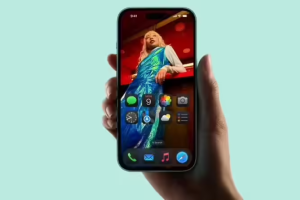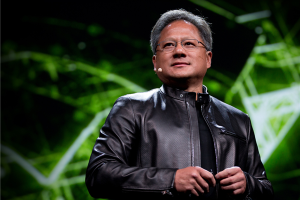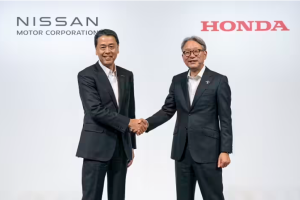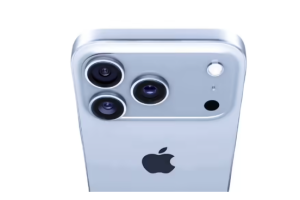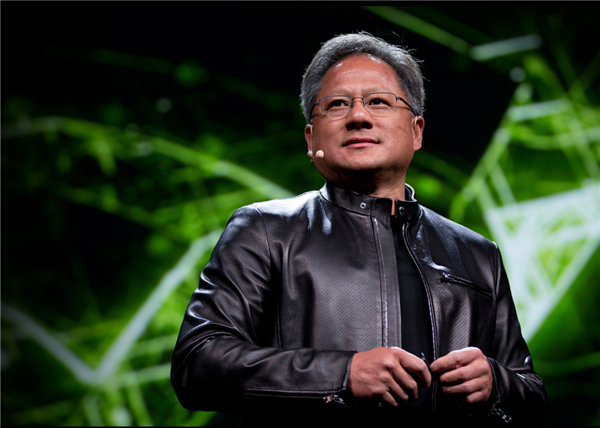February 24, 2025 – According to a report by VGC, Microsoft CEO Satya Nadella has announced plans to integrate the company’s newly launched generative AI model, “Muse”, into multiple video games, gradually rolling out AI-assisted productions.
Muse, which was unveiled by Microsoft last week, is a generative AI model capable of creating game visuals and controller actions. In their announcement, Microsoft demonstrated how Muse could generate gameplay footage using training data from the 2020 game “Bleeding Edge”.
During an interview this week, Nadella compared his experience with Muse to his first encounter with other generative AI technologies, expressing his enthusiasm for the technology’s potential in gaming. He revealed that Microsoft has already mapped out plans to apply this technology to various gaming projects.
“It’s just amazing… What we want to achieve is, using gaming data, can we generate content that maintains consistency while showcasing diversity in gameplay, and also allows for user customization? That’s exactly what we’re aiming for,” he said during a podcast interview with Dwarkesh.

“The exciting part is, soon we’ll have a slew of games generated by AI models, or rather, we’ll train these models to create gaming content and start playing around with it. When Phil Spencer first showed me [Muse], he had an Xbox controller in his hand, and the model was generating outputs based on his inputs, and the outputs were consistent with the game content,” Nadella added.
The emergence of generative AI in the creative industries has sparked significant debate within the gaming sector, with many voicing concerns about potential job losses and an increase in plagiarism.
However, as previously reported, Take-Two CEO Strauss Zelnick believes that AI will not lead to job losses but could instead create more employment opportunities. Meanwhile, “It Takes Two” director Josef Fares has expressed his view that developers should embrace AI as a collaborator rather than an adversary, describing it as a “scary but exciting technology”.




